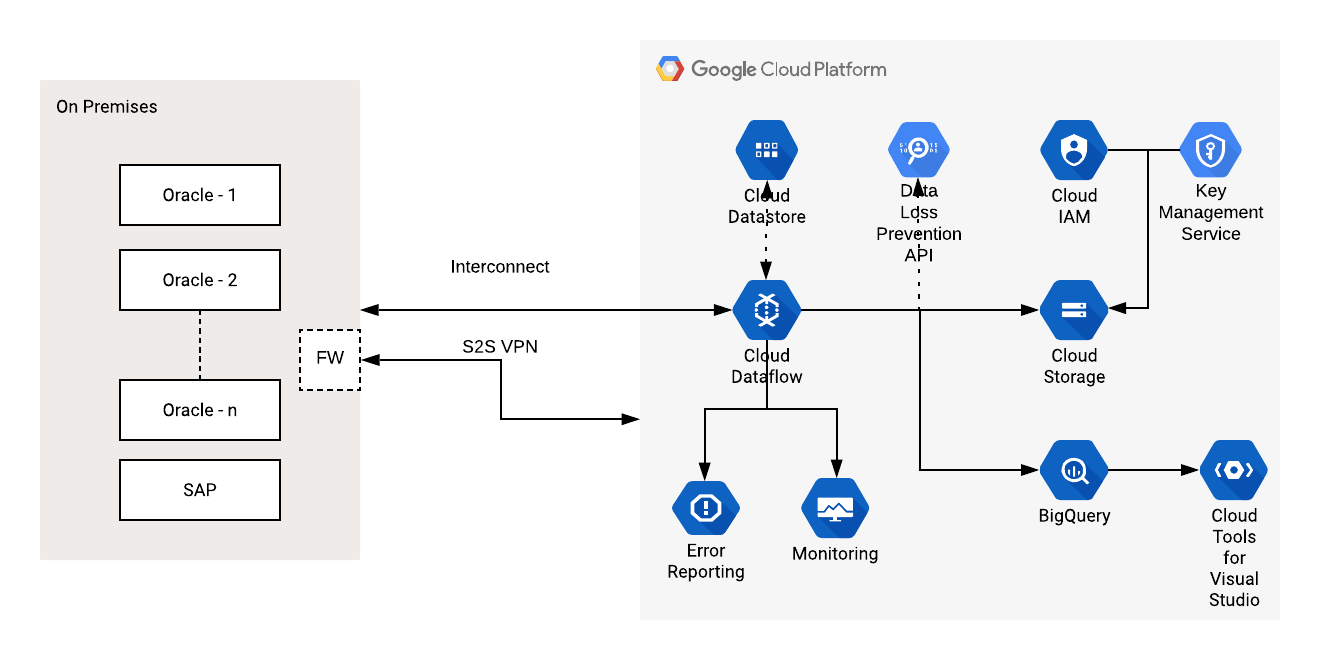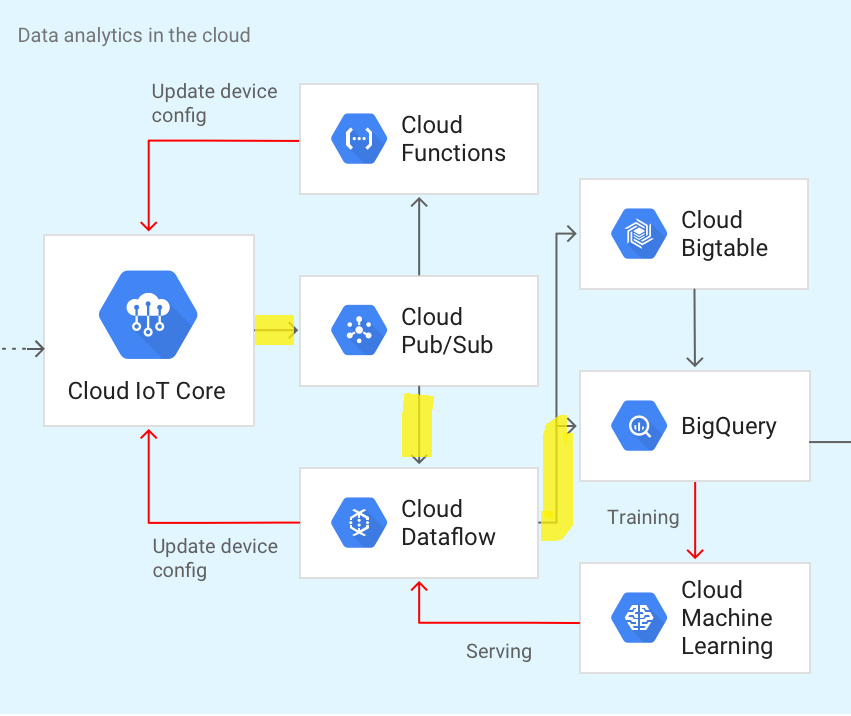Understanding the Google Cloud Dataflow Model
This article was published as a part of the Data Science Blogathon.
Introduction
To suggest that the cloud computing market is evolving would be nothing short of an understatement. These days, if you’re not yet migrating to a cloud architecture, there’s a good chance you’re at least considering hybrid solutions and ways to leverage powerful, scalable applications through the cloud.
.png)
Get to Know Google Cloud Dataflow
- Point-of-Sale analysis and segmentation in the retail world
- Fraud detection in the financial industry
- Personalized experience in the gaming sector
- Information about the Internet of Things in the healthcare and manufacturing industries
How does Google Cloud Data Flow Work?

Source: Searce
- Automated resource management: Minimize latency and increase performance by automating the management and provisioning of additional processing resources within the cloud fabric.
- Automatic scaling (horizontal): Google Cloud Dataflow enables companies to scale their workforce horizontally for the best possible performance across the enterprise.
- Work balancing features: Optimized and automated work distribution and dynamic reorganization systems help reduce delays and ensure efficiency.
- Unified programming model: Google Cloud Dataflow uses the Apache Beam SDK to incorporate MapReduce operations, data windowing, and precision control for batch and streaming data.
- Exactly-once processing: In a world where reliability and accuracy are key, Dataflow offers built-in support for execution that is consistent and correct regardless of cluster size, data size, processing patterns, and more for both streaming and batch data.
- Community Focused: Because it’s available on the open network, you can contribute to the Apache Beam SDK.
Benefits of Google Cloud Data Stream
- Ability to simplify an organization’s operations: The serverless approach promoted by GCP minimizes the operational overhead of cloud performance and delivers security, availability, scalability, and compliance at a massive scale. with integration with Stackdriver, you can also troubleshoot and monitor the pipeline as it runs and quickly responds to potential issues.

Source: towardsdatascience
- Friendly pricing system: The Cloud Dataflow model charges you for weekly jobs based on how much you use available resources. This means you don’t pay for anything you don’t have active access to.
- Accelerated development: Through the Apache Beam SDK, Cloud Dataflow offers simplified, fast, and efficient pipeline development strategies that deliver a rich set of session and window analytics, along with an ecosystem of sink and source connectivity solutions.
- The starting point for machine learning: You can use the Cloud Dataflow strategy as an integration point for your AI solutions with real-time personalization cases using the TensorFlow Cloud Machine Learning API.
Advantages of Google Cloud Platform
- Google Cloud offers fast and easy collaboration: Multiple users can simultaneously access the data and contribute their information. It is possible because data is stored on cloud servers, not the user’s personal computers.
- Higher productivity with continuous development: Google is constantly working on adding new features and functions to provide customers with higher productivity. Therefore, Google frequently updates its products and services.
- Less disruption due to new feature adoption: Instead of pushing huge, disruptive change updates, Google provides small updates every week. This helps users easily understand and adopt new features.
- Least or minimal data is stored on vulnerable devices: Google does not store data on local devices unless the user explicitly attempts to do so. This is because data stored on local devices can be compromised compared to data in the cloud.
- Users can access Google Cloud from anywhere: The best part is that the user can easily access the information stored in Google Cloud from anywhere because it is operated through web applications.
- Google provides maximum security with its robust structure: Google hires top security professionals to protect user data. Users get process and physical security features from Google.
- Users have full control over their data: Users gain full control over the services and data stored in Google Cloud. This can be done easily if the user does not want to continue using Google services and wants to delete the cloud data.
- Google provides higher availability and reliability: Google uses several resources to provide servers with higher and more reliable uptime. If the data center is down due to technical problems, the system will automatically communicate with the secondary center without interruption visible to the user.
Conclusion
- Google Dataflow is an ETL tool that allows businesses to extract data from databases in their system and transform it into useful data without limitations. You can create several important tasks to migrate information between cloud pub/sub, data warehouse, BigQuery.
- The serverless approach promoted by GCP minimizes the operational overhead of cloud performance and delivers security, availability, scalability, and compliance at a massive scale. With integration with Stackdriver, you can also troubleshoot and monitor the pipeline as it runs and quickly responds to potential issues.
- Google provides higher availability and reliability: Google uses several resources to provide servers with higher and more reliable uptime. If the data center is down due to technical problems, the system will automatically communicate with the secondary center without interruption visible to the user.
The media shown in this article is not owned by Analytics Vidhya and is used at the Author’s discretion.








